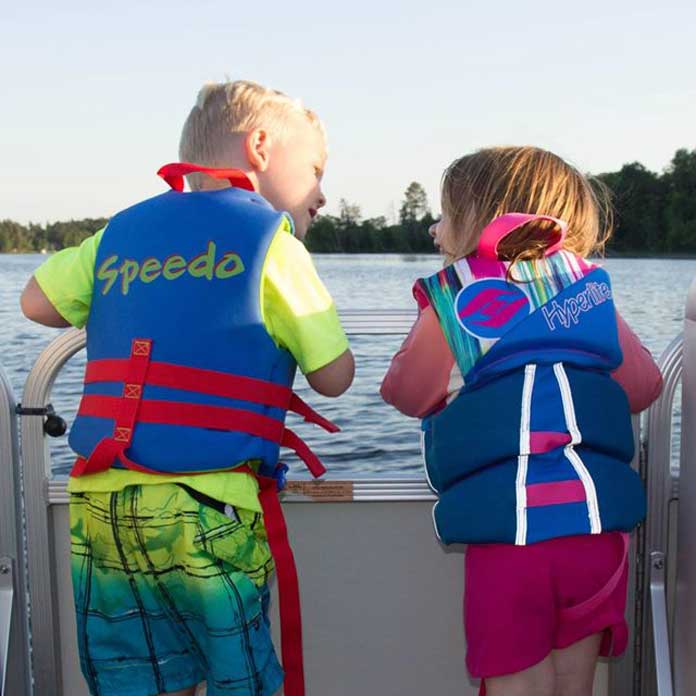Family and friends of a Minnesota second-grader are mourning her unexpected death this week from carbon monoxide poisoning on Lake Minnetonka. Emergency crews were called to a Wayzata Bay dock Sunday to answer the distress call. She was rushed to Hennepin County Medical Center, where she died. Sophia was a popular student at Concord Elementary School in Edina. On Monday, the school shared the news of her death after being informed of the tragedy by the family.
“Sophia was an amazing little girl filled with overflowing kindness and love for others. She brought out the best in all those around her,” the family said in a statement excerpted by the Star Tribune newspaper. “She will be forever remembered in our hearts.”
The Hennepin County Sheriff’s Office will file a report when all the facts are known. It likely will go down as one of Minnesota’s infrequent carbon monoxide deaths related to boating.
Other Cases in Minnesota
The Minnesota Department of Natural Resources (DNR) has recorded just two other cases in the past eight years. In 2013, two men were overcome by the odorless gas while boating on Lake of the Woods on a vessel that had a faulty exhaust system.
The Danger of Carbon Monoxide Poisoning in Boats
While uncommon, carbon monoxide poisoning in boats is a documented public health concern recognized by the U.S. Coast Guard and the Centers for Disease Control and Prevention (CDC). Gasoline-powered engines on boats, including onboard generators, produce carbon monoxide (CO), a colorless and odorless gas that can poison or kill someone who breathes too much of it. Larger boats, such as houseboats, are most frequently associated with the problem. But even on smaller boats, carbon monoxide has been known to build up in the stern deck or on rear swim decks or platforms. According to the CDC, impairment and death can happen quickly in a contaminated area.
Our Minnesota wrongful death lawyers help families throughout the state. In some cases, the homeowners’ insurance of the boat owner can provide money for the family.
The CDC recommends that boats carry a CO detector. The agency says that boats traveling at slow speeds or idling in the water are at risk, especially if wind from the aft section of the boat is blowing into the stern deck or cabin. The Minnesota DNR’s advice to boaters is not to leave motors idling or generators running while anchored or docked. The CDC also warns boaters not to anchor or dock too close together with engines running because exhaust from a nearby vessel can send carbon monoxide into the cabin and cockpit of an adjacent boat. Common symptoms of carbon monoxide poisoning are headaches, dizziness, weakness, nausea, vomiting, chest pain and confusion.
From the CDC, here is more prevention advice:
- Properly install and maintain all fuel-burning engines and appliances.
- Educate all passengers about the signs and symptoms of CO poisoning.
- Swim and play away from areas where engines vent their exhaust.
- Never block exhaust outlets. Blocking outlets can cause CO to build up in the cabin and cockpit areas–even when hatches, windows, portholes, and doors are closed.
Keep Children Safe from Carbon Monoxide on Boats
Boating is a wonderful family activity. We urge all owners of boats to take every measure possible to keep passengers safe. Little children are particularly at risk for carbon monoxide poisoning.
